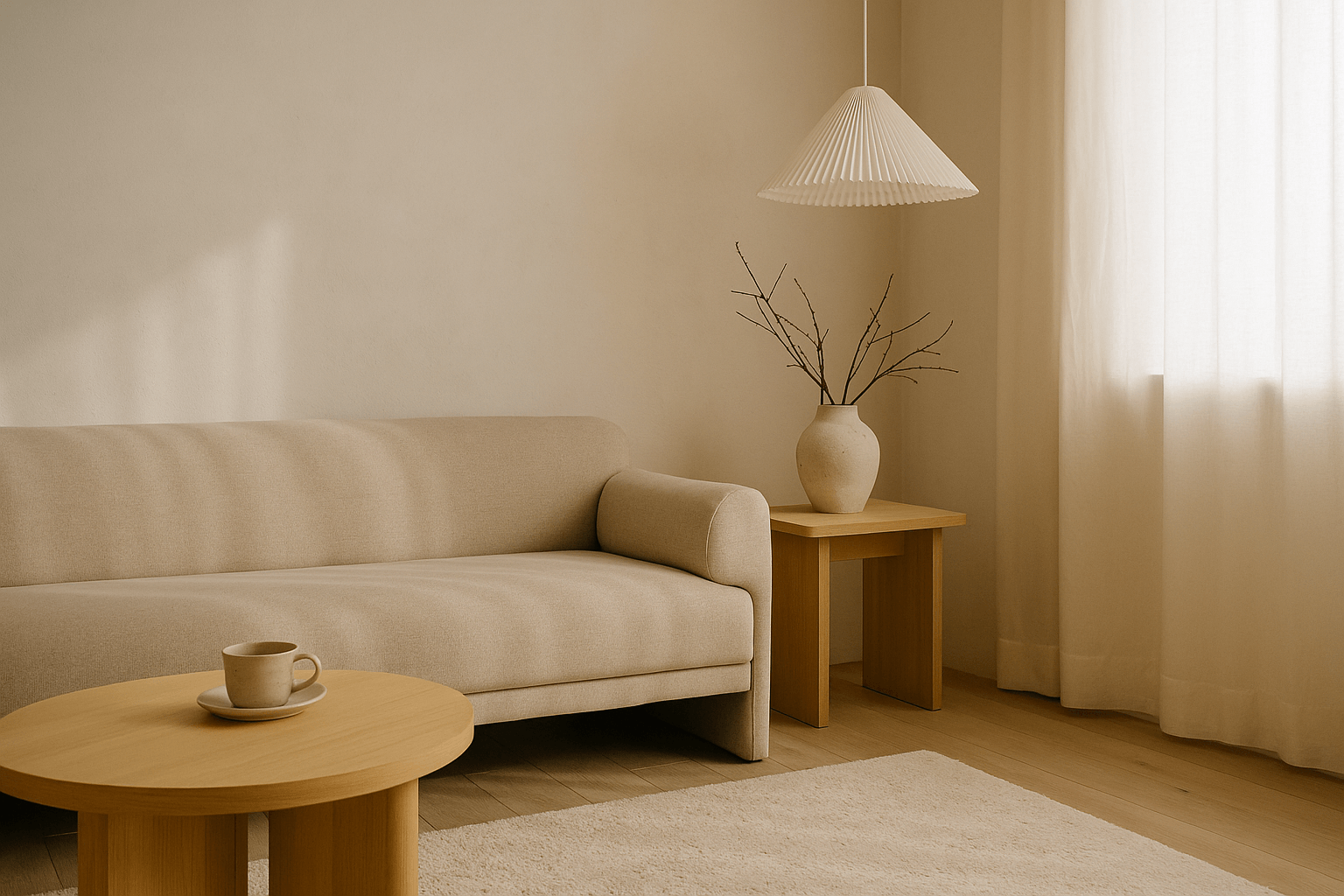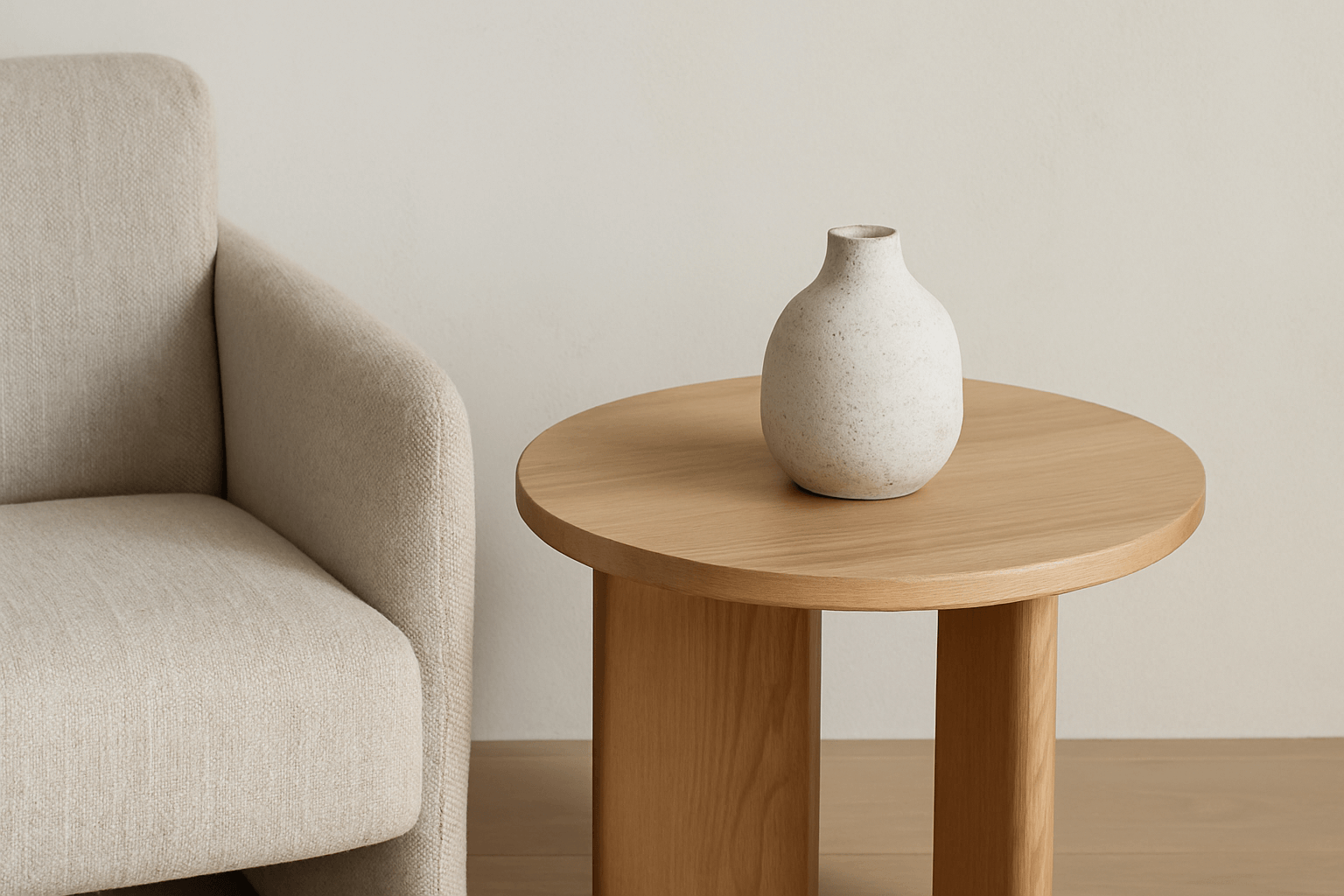What Is Visual Breathing Room?
Visual breathing room refers to the intentional space around objects in your home—the pause between one element and the next. It’s the design equivalent of silence in music or white space in art.
In minimalist interiors, this breathing room is essential. It allows your eyes—and your mind—to slow down, focus, and appreciate what’s present without distraction.
Why Most Homes Feel Visually Overwhelming
In an effort to decorate or “complete” a space, many interiors become visually overfilled:
-
Every wall has art
-
Every shelf has objects
-
Surfaces are layered edge-to-edge
This kind of over-styling—even in a neutral palette—leads to a room that demands attention constantly, instead of offering calm.
Minimalism invites a different approach: let things rest.
The Benefits of Visual Breathing Room
1. Reduces Mental Clutter
When your eyes aren't constantly jumping from one object to another, your mind can relax.
2. Highlights What Matters
When you give space around a piece—be it a lamp, a chair, or a ceramic bowl—it has more visual impact.
3. Creates a Sense of Order
Negative space helps organize a room, guiding movement and shaping how the space feels.
4. Encourages Stillness
Just as we benefit from moments of pause, our homes need visual quiet. Breathing room invites reflection.
How to Create Breathing Room in Your Home
1. Subtract Until It Feels Light
Start by removing one item from every surface. Then pause. Ask yourself: Does this space feel calmer?
2. Edit Shelves with Space in Mind
Don’t feel obligated to fill every nook. One object on a shelf, when well-placed, can be more powerful than ten.
3. Style Tables Sparingly
Instead of full trays and stacked books, opt for a single object: a candle, a handmade bowl, a sculptural vase.
4. Leave Some Walls Blank
White space isn’t wasted. A blank wall can be a calming visual anchor that helps the whole room breathe.
5. Use Light and Shadow as Decor
Sometimes the best “object” in a space is the way sunlight moves across an empty wall or floor.
Final Thoughts
Creating visual breathing room is not about deprivation—it’s about giving your home (and yourself) room to be. When objects have space to rest, they become more powerful. And when your home has space to breathe, so do you.
Let go of the urge to fill. Let simplicity speak. Let your space rest.
















